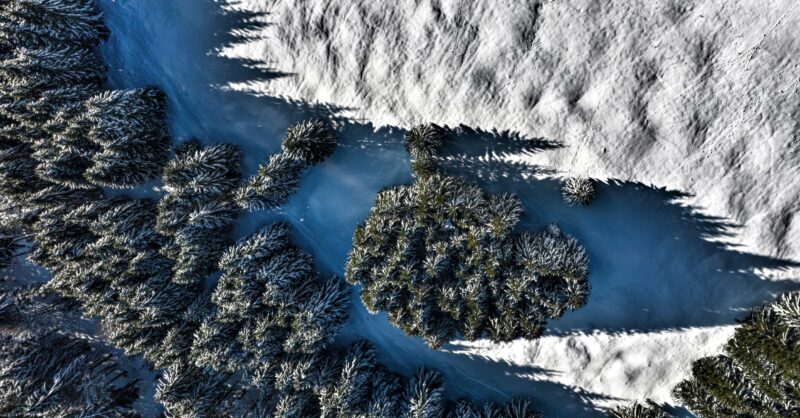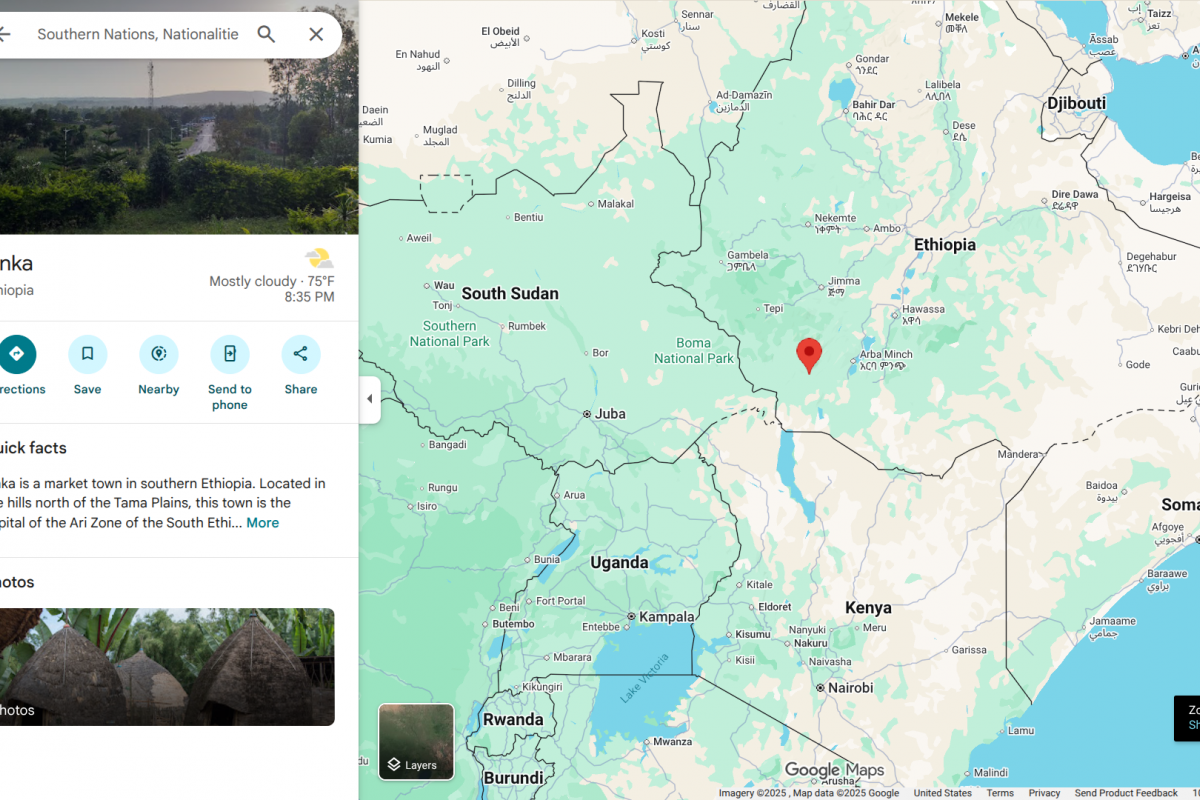Belém, Brazil, November 2025 — The United Nations-convened Forum for Insurance Transition (FIT) today unveiled a landmark global guide that links underwriting and investment portfolios of insurance and reinsurance companies through a pioneering set of “Total Balance Sheet Principles” for transition planning.
“A Total Balance Sheet Transition: A holistic transition plan guide linking the underwriting and investment portfolios of insurers and reinsurers” provides insurers, reinsurers and brokers with a practical, principles-based framework to develop and disclose credible, enterprise-wide transition plans. The guide defines the essential components of a total balance sheet approach—grounded in cognitive consonance—and sets out clear criteria, principles and practical examples that help insurers better identify and manage risks, opportunities and impacts, , strengthen financial resilience, and support real-economy transition outcomes.
The new guide is the third deliverable of the FIT Transition Plan Project:
- The first deliverable of the FIT Transition Plan Project, Closing the Gap (November 2024), introduced the foundations of transition planning for the insurance industry and mapped national policy and regulatory frameworks relevant to transition plans, climate and sustainability risk management, and disclosure across developed and developing countries.
- The second deliverable, Underwriting the Transition (July 2025), provided deep-dive transition plan guidance tailored to insurance and reinsurance underwriting portfolios, outlining the respective roles of insurers, reinsurers and brokers.
- This third deliverable—developed in two phases—operationalizes the convergence of underwriting and investment transition plans, ensuring that earlier FIT guidance can be implemented as part of one coherent Total Balance Sheet framework.
Together, these deliverables form the most comprehensive, insurance-specific transition plan guidance available to date.





